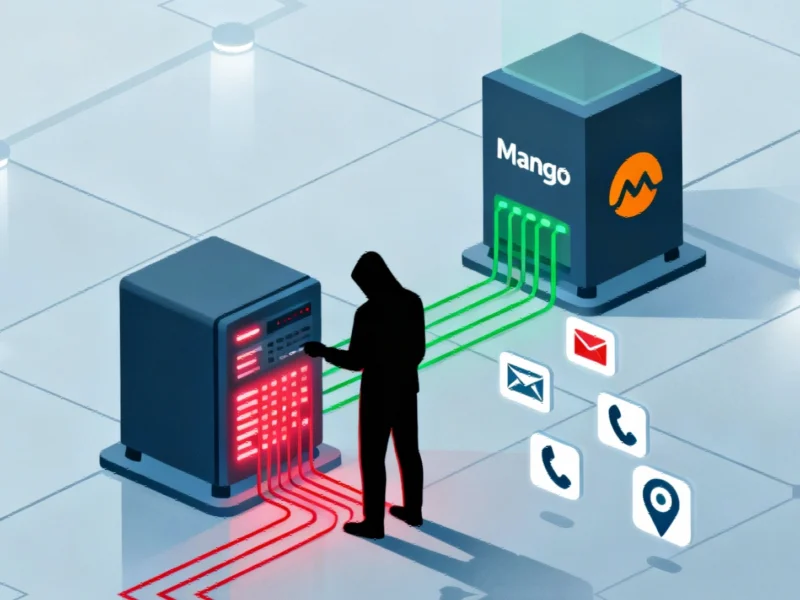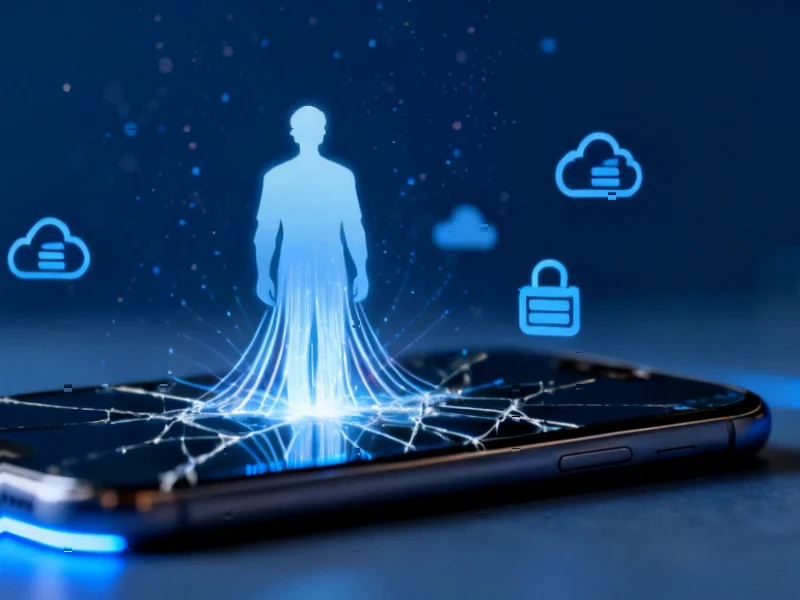According to Windows Report | Error-free Tech Life, Microsoft is expanding the availability of its Scareware blocker in Microsoft Edge, powered by a local computer vision model that identifies fake virus alerts and payment portal scams before traditional security systems can react. The feature requires devices with at least 2 GB RAM and four CPU cores to ensure it doesn’t slow down browsing, and during preview testing, users were protected hours or even days before the same scams appeared on global blocklists. Starting with Edge version 142, a new “scareware sensor” can notify Microsoft Defender SmartScreen when suspicious full-screen activity is detected, enabling real-time global blocking without sharing screenshots or extra data. Microsoft revealed that each user report during testing helped protect approximately 50 others, and the company is accelerating SmartScreen’s pipeline so reports trigger faster protections for everyone. This expansion represents a significant shift in how browser security handles evolving online threats.
The Local AI Advantage in Browser Security
What makes this approach particularly innovative is the decision to run computer vision locally rather than relying on cloud-based analysis. Traditional security systems depend on known threat signatures and centralized databases, creating a window of vulnerability between when a new scam emerges and when it gets added to blocklists. By processing potential scareware directly on the device, Microsoft eliminates the latency of cloud communication and protects users during that critical gap. This local-first approach also addresses growing privacy concerns, as the system can identify threats without sending screenshots or sensitive data to Microsoft’s servers. The hardware requirements—2 GB RAM and four CPU cores—suggest Microsoft is targeting mainstream devices rather than high-end systems, making this protection accessible to most users while maintaining performance.
Enterprise Security Implications and Control
For enterprise administrators, this feature represents both an opportunity and a responsibility. The ability to create allow-lists for internal sites and customize the blocker’s behavior gives IT departments granular control over how protection is implemented across their organizations. However, this also means security teams need to understand what constitutes legitimate full-screen applications within their environment versus potential threats. Companies with custom internal applications that use full-screen modes will need to carefully configure exceptions to avoid disrupting legitimate business processes. According to Microsoft’s technical announcement, enterprise admins can “improve the feature or create allow-lists for internal sites,” suggesting this isn’t just a consumer-focused tool but part of Microsoft’s broader enterprise security strategy.
The Threat Intelligence Multiplier Effect
The most significant long-term impact may be how this transforms threat intelligence gathering. With Microsoft reporting that each user report protects approximately 50 others, they’ve created a virtuous cycle where early detection by one user provides immediate protection for many. This crowdsourced approach to threat intelligence could dramatically shorten the average lifespan of scareware campaigns, making them less profitable for attackers. The acceleration of SmartScreen’s pipeline means that when Edge’s AI identifies a new threat pattern, that intelligence can be distributed globally within hours rather than days. This creates a formidable challenge for scammers who previously relied on the window between campaign launch and detection to maximize their returns.
Potential Accessibility and Market Segmentation Concerns
While this represents a security advancement, the hardware requirements create a subtle digital divide. Users with older devices or budget systems falling below the 2 GB RAM and four CPU core threshold won’t benefit from this protection, potentially leaving the most vulnerable users—those who can’t afford newer hardware—exposed to the same threats. This creates a concerning scenario where socioeconomic factors determine security protection levels. Additionally, the feature’s effectiveness against culturally specific or regionally targeted scams remains untested. As the FBI’s Internet Crime Complaint Center notes, tech support scams often target specific demographics with localized content, and it’s unclear how well a generalized computer vision model will adapt to these variations.
Shifting Competitive Dynamics in Browser Security
Microsoft’s move signals a broader industry shift toward proactive, AI-driven security that anticipates threats rather than reacting to them. This puts pressure on competitors like Google Chrome and Mozilla Firefox to develop similar capabilities or risk being perceived as less secure. The integration between Edge’s local detection and Microsoft Defender SmartScreen’s global intelligence creates a closed ecosystem advantage that other browsers can’t easily replicate. However, this also raises questions about whether Microsoft will keep these advancements exclusive to Edge or eventually license the technology to other browsers. The scareware sensor’s current default-off status suggests Microsoft is proceeding cautiously, likely monitoring false positive rates before broader deployment to users with SmartScreen enabled.




